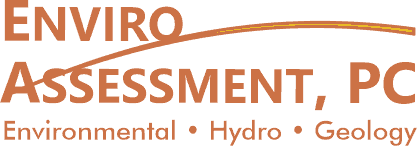The Phase II Environmental Site Assessment (Phase II Investigation) is conducted on a site that has a suspected or known Recognized Environmental Condition (REC) such as a spill, a leak, or a facility that handles hazardous materials and doesn’t have proper records. The Phase II Investigation is generally considered the second step in the process of environmental due diligence. If a REC is identified, by the conclusions of a Phase I Environmental Site Assessment, by a Regulatory Agency Inspection, or by general knowledge, a more detailed investigation involving chemical analysis for hazardous substances and/or petroleum hydrocarbons is needed. The goal of the Phase II Investigation (which may include several field investigations and multiple reports) is to define the type, concentration, and size of the contamination, as well as the affected media. A Phase II typically includes: drilling at the site, collecting soil, and possibly water samples, from the surface and at depth, and analyzing the samples for a range of chemicals which may be present at the site. These analytical results are typically compared to State Cleanup Levels.
